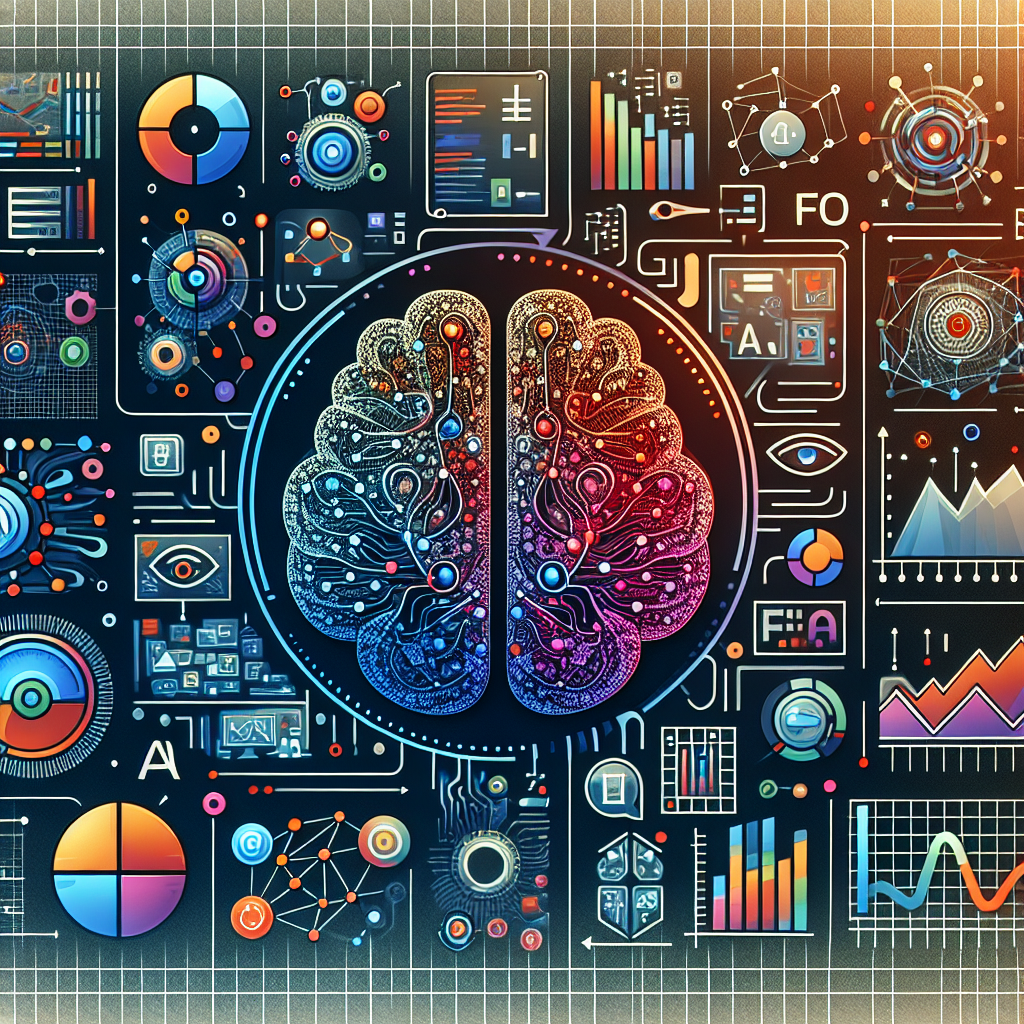In today’s rapidly evolving business landscape, leveraging AI software for predictive analysis has become increasingly essential for organizations looking to stay ahead of the competition. Predictive analysis involves using historical data, statistical algorithms, and machine learning techniques to identify the likelihood of future outcomes based on patterns and trends. By harnessing the power of AI software, businesses can uncover valuable insights, make informed decisions, and ultimately drive success.
AI software has the ability to process and analyze vast amounts of data at speeds far beyond human capabilities. This allows organizations to uncover hidden patterns and trends that may not be apparent through traditional data analysis methods. By using AI software for predictive analysis, businesses can gain a competitive edge by accurately forecasting trends, identifying potential risks and opportunities, and making data-driven decisions.
One of the key benefits of leveraging AI software for predictive analysis is the ability to improve forecasting accuracy. Traditional forecasting methods often rely on historical data and assumptions, which may not always accurately reflect current market conditions. AI software, on the other hand, can analyze real-time data from a variety of sources and use machine learning algorithms to identify patterns and trends that can help predict future outcomes with greater precision.
In addition to improving forecasting accuracy, AI software can also help businesses optimize their operations and drive efficiency. By analyzing data from various sources, AI software can identify inefficiencies, streamline processes, and automate repetitive tasks. This can help organizations reduce costs, improve productivity, and make better use of resources.
Another key benefit of leveraging AI software for predictive analysis is the ability to enhance customer insights and improve decision-making. By analyzing customer data, businesses can gain a better understanding of their customers’ preferences, behaviors, and needs. This can help organizations tailor their products and services to better meet customer demands, improve customer satisfaction, and drive loyalty.
Additionally, AI software can help businesses identify potential risks and opportunities before they arise. By analyzing market trends, competitor data, and other external factors, organizations can proactively identify threats to their business and take steps to mitigate them. Similarly, AI software can help businesses identify new opportunities for growth and expansion, enabling them to capitalize on emerging trends and stay ahead of the competition.
Overall, leveraging AI software for predictive analysis can provide businesses with a wealth of benefits, from improving forecasting accuracy and operational efficiency to enhancing customer insights and driving better decision-making. By harnessing the power of AI software, organizations can gain a competitive edge, drive innovation, and achieve long-term success in today’s fast-paced business environment.
FAQs:
Q: What is AI software?
A: AI software refers to computer programs and algorithms that mimic human intelligence and behavior. These programs can analyze data, learn from experience, and make decisions based on patterns and trends.
Q: How does AI software differ from traditional software?
A: Traditional software is typically programmed to perform specific tasks or processes based on predefined rules. AI software, on the other hand, uses machine learning algorithms to analyze data, identify patterns, and make decisions based on those patterns.
Q: How can AI software help businesses with predictive analysis?
A: AI software can process and analyze vast amounts of data at speeds far beyond human capabilities, allowing businesses to uncover hidden patterns and trends that can help predict future outcomes with greater accuracy.
Q: What are some examples of AI software for predictive analysis?
A: Some examples of AI software for predictive analysis include predictive analytics tools, machine learning algorithms, and data mining software. These tools can help businesses forecast trends, identify risks and opportunities, and make data-driven decisions.
Q: How can businesses leverage AI software for predictive analysis?
A: Businesses can leverage AI software for predictive analysis by collecting and analyzing data from various sources, using machine learning algorithms to identify patterns and trends, and making informed decisions based on the insights gained from the analysis.

